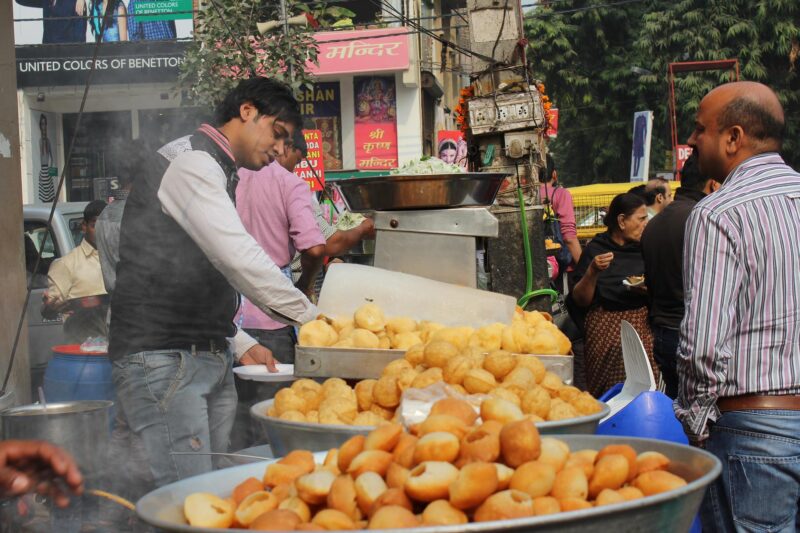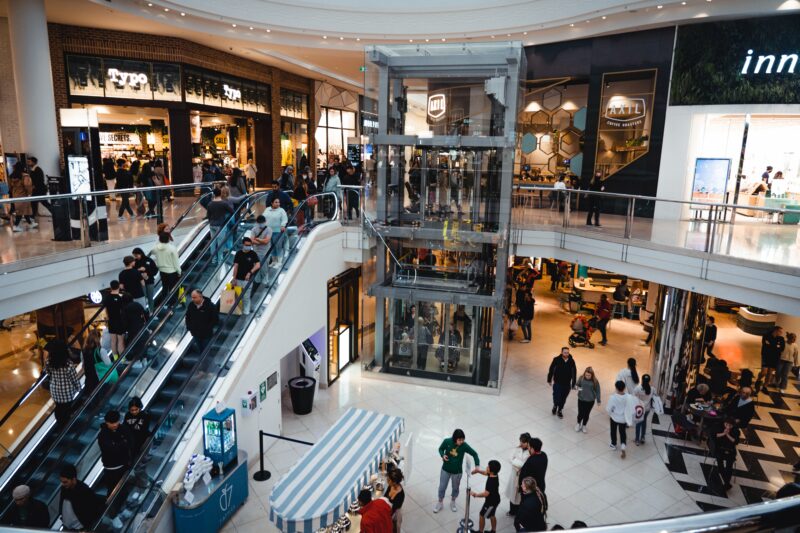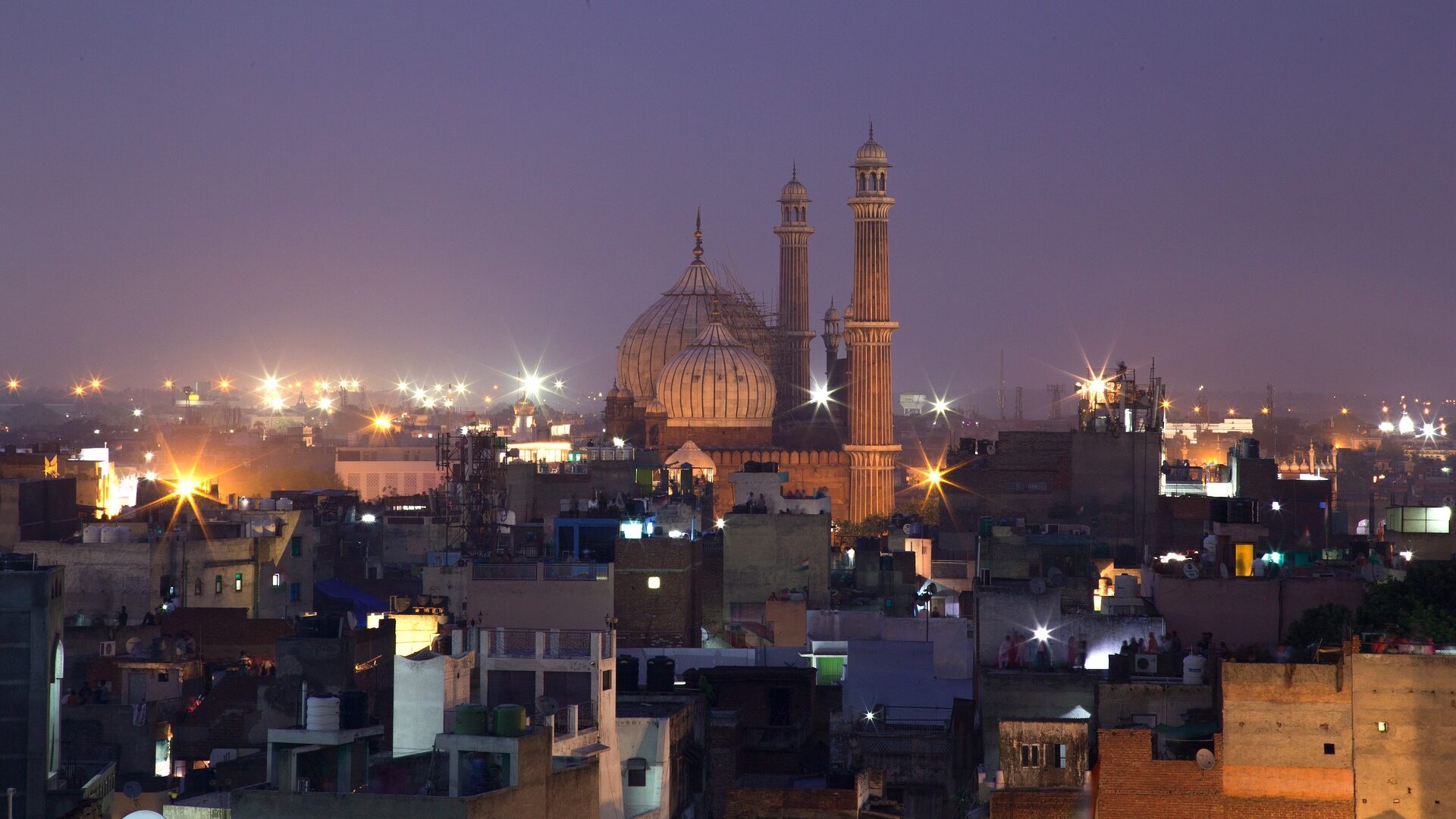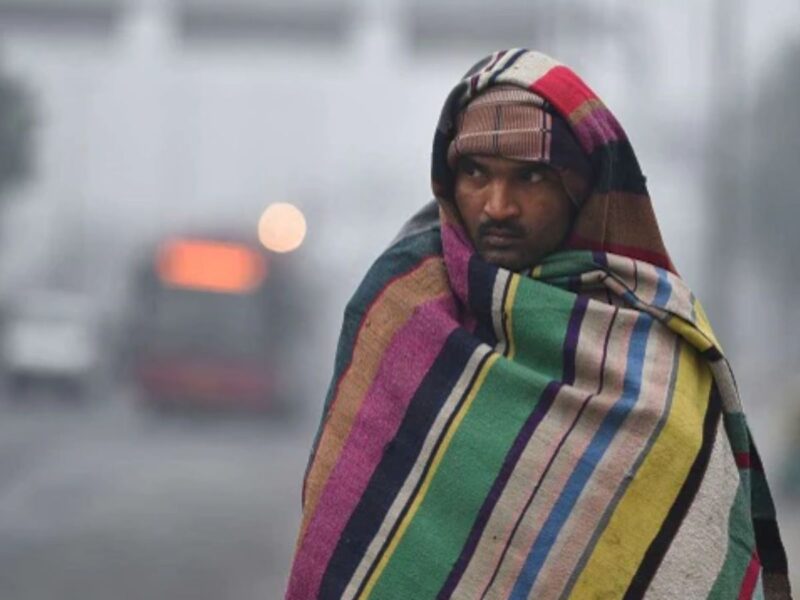Smells are markers of the city’s temporality, daily life, seasons and culture. They play a significant role in shaping memories associated with the city. They enable us to navigate and know the city in intimate ways.
That was Amrita Chattopadhyay’s finding when she was pursuing PhD at the Centre for Historical Studies, Jawaharlal Nehru University. Believing that tracing smellscapes is a unique way to weave the underlying cultural fabric of the city, she decided to conduct olfactory experiments in the city.
“I interviewed more than 30 people living in Delhi, to associate the city with one particular smell. And the responses were diverse,” she told Patriot. Some associated Delhi with the intoxicating smell of the flowers of the Saptaparni tree, combined with the smell of fog and dew in the winter months. Some other smells that its citizens associate Delhi with are car exhaust, dust, oily food, smoke, cheap synthetic perfumes, human sweat, sewage and garbage, burnt butter, old concrete and bricks, chhole bhature, roasted meat and old rotten wood.”

Taking a cue from the heterogeneity of olfactory experiences derived from these oral discussions, Chattopadhyay selected a few of the known and popular areas of Delhi. “Borrowing the Western model of smellwalks (a form of ‘sensewalking’ which one study defines as a method by which we might ‘investigate and analyze how we understand, experience and utilize space’), I conducted such walks in a very basic form to locate the various smells of Delhi’s urban spaces”, she says.
Researchers have been using sensory walks to document the experiences of people since the introduction of the concept in the 1960s. While Amrita’s olfactory project is developing, there are experts and city residents who have myriad experiences to share.
Down memory lane
Rana Safvi, writer, historian, and chronicler of Delhi, says, “Once upon a time, people walking down the lanes of Chandni Chowk had a very different olfactory experience. Passing Urdu Bazaar, they would have smelt the distinct smell of trade-related items like stamps, money, etc coming from the johri shops, the sarrafs, the bankers and kinaari bazar. Walking further, the beautiful shops of Chandni Chowk would have given off the smell of hookahs and ittar. Fatehpuri Bazaar would have given the smell of incense, and the smell of the Almighty because of the Fatehpuri Masjid at the end of the road.”
She remarks that today, if one goes to Old Delhi, the overwhelming scent is that of food. All the other smells have been forgotten. “Old Delhi is now largely associated with the smells of dishes like chicken, kebab, biryani and so on”, she says.
When the boulevard of Chandni Chowk, built by Jahanara Begum, was functional, there were kehwa khanas (coffee houses) where people used to sit and chat while sipping on hot coffee. They would also smoke hookah. “Those smells from medieval times of people frolicking, the smell of happiness, of loitering, of going out for an evening of fun, have been lost today”, Safvi adds.
Speaking about Hazrat Nizamuddin Basti, she says, “When you visit the area, there are multiple vendors selling rose petals to offer at the dargah. So, I associate Hazrat Nizamuddin Basti with the overwhelming smell of roses.” She continues that Lodhi Garden can be associated with the smell of trees and fresh grass which is very rejuvenating, especially if you go there early in the morning.

Abu Sufian, cultural revivalist and founder of Purani Dilli Waley, says, “In Dariba Kalan, when you enter from Chandni Chowk, you can smell jalebi. As you move forward, you come across the scent of ittar from Gulabsingh Johrimal and the smell of Pramod’s bread pakodas. Honestly, it is difficult to summarize the olfactory experience in Purani Dilli. Every nook and corner is brimming with a distinct smell of its own.”
Distinct geographies
If the streets of Delhi were to be named after smells, a lot of streets in the city would be named after foods. There would be Pooja Masala Street, Biryani Lane and so on.
Delhi-based lawyer Vedant Vashist says that the North Campus, with its myriad smells, reminds him of comfort, warmth and friendliness. “Whether it’s hanging out at Delhi School of Economics (DSE) while chatting about politics, art and cricket, the smell of Masala Coke or chicken curry rice at the end of a long day, or just strolling around Arts Faculty with a cup of chai – it is always an amazing olfactory experience there. If you go to Patel Chest, the smell of warm photostats will welcome you”, he says.
Whiffs of modernity
Mudassir Nazar, 24, a student of Jamia Millia Islamia, says, “I have spent a major part of my life here. Every part of the campus smells different. When you go around to the canteen, it smells of the dishes being prepared there. The library is one of my favourite places to go and it smells of books — both old and new. And most importantly, at night, the campus smells of night-blooming jasmine. Taking a stroll in the night after dinner is actually something I love doing.”

Mayank Sharma, who lives in south Delhi, wants to include the smell of shopping malls that are symbolic of urbanization. “Malls in the city smell of expensive perfumes, different cuisines, and strong coffee”, he says.
Smells of faith
One of the interesting olfactory landmarks in the city is the ruins of Firoz Shah Kotla Fort. Built by Sultan Ferozeshah Tuglaq in 1351 CE on the banks of Yamuna, the fort is one of Delhi’s unexplored places shrouded in a veil of rumoured mystic djinns.
When Sonia Mandal visited the place for the first time with her friends in May, she observed that the smell of the place is complex. There’s a spiritual aroma besides the smell of dampness. She elaborates, “It smells of scented candles, incense sticks and fresh flowers. The fragrance gets more pronounced every Thursday. Notably, none of these things are allowed inside as there’s no shrine inside the ruins. The guard warns everyone that nobody should carry incense sticks or candles inside, but hardly anyone obeys. I feel it is the overwhelming smell of faith. People come from near and far with hope and prayers, put the incense sticks inside the cavernous chambers, and sit there for hours.”
Abstract aromas
Mohsin Abdullah left his hometown Moradabad, Uttar Pradesh, and moved to Delhi around 12 years ago in search of work. He says, “Dilli mein mujhe ek apnepan ki khushboo aati hai (Delhi, to me, smells like kinship). Anyone can come here and choose to do whatever he wants.”
For 20-year-old Maneesha Ahuja, Delhi smells of ambition. She works in a multinational company as an HR and believes that the city has something to offer to everyone. “I come across so many people everyday, whether on roads, metro or office. They are filled with some unmatched energy. I can smell this energy in the form of perfumes, cosmetics, sweat and the whiff of cool air circulating inside Delhi Metro”, shares Ahuja.
For more stories that cover the ongoings of Delhi NCR, follow us on:
Instagram: https://www.instagram.com/thepatriot_in/
Twitter: https://twitter.com/Patriot_Delhi
Facebook: https://www.facebook.com/Thepatriotnewsindia





